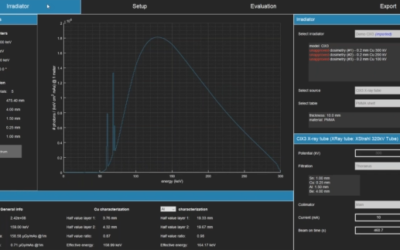According to the American Academy of Dermatology, it is estimated that non-melanoma skin cancer, including basal cell carcinoma and squamous cell carcinoma, affects more than 3 million Americans a year and 178,560 new cases of melanoma, including 91,270 invasive, will be diagnosed in the US in 2018. Melanoma still accounts for 70–90% of all skin cancer-related deaths and its detection at a later stage decreases a 5-year overall survival in patients to 15 – 20%. In most cases of distant metastatic disease, it is not possible to cure a patient but there exist treatment modalities capable of palliating the symptoms.
Palliative care, as defined by the World Health Organization, includes improving patient quality of life and relieving symptomatic distress. In the context of skin cancer, palliative care may address many patient concerns including physical tumour-related pain, psychosocial distress from being in public with visible disease, increased time spent in a health-care environment for care, and financial costs. Though surgery remains the primary mainstay of treatment, it results in disfiguring post-operative scarring feared by the patients, which is why radiation therapy is coming to the forefront as a palliative modality in BCC, SCC, and melanoma.
In their report “Palliative radiotherapy for skin malignancies” Winston Vuong, Jessica Lin and Randy L. Wei identified and investigated studies related to palliative radiotherapy use in skin cancer based upon direct mention of cosmetic outcomes, skin-related side effects from RT that may be used as a surrogate for cosmetic outcome, or more hypofractionated schema.
The authors included studies pertaining to radiotherapy for skin cancer that addressed any of the following criteria in order of importance: (I) mention of palliative outcomes including cosmesis, pain and other cancer-related symptomatic relief, or comfort; (II) mention of skin-related side effects that may be used as a surrogate for cosmetic outcome; (III) use of fewer than 15 fractions for total treatment.
It was concluded that cosmetic outcomes were generally satisfactory based upon patient perception and objective measures such as skin-related toxicities as reported by the RTOG/EORTC guidelines. In the context of BCC and SCC, the use of varying fractionation schemes did not significantly affect local control although the dose per fraction size influenced toxicity rates. In the setting of melanoma, greater fraction sizes have been associated with better outcomes and schedules utilizing at least 4 Gy per fraction for a total dose greater than 30 Gy are recommended. While symptomatic outcomes vary based upon tumour location, palliative radiotherapy can successfully alleviate pain, bleeding, and neurological symptoms.
Palliative radiotherapy may be recommended for patients who have poor performance status, inoperable tumours, and who are otherwise poor candidates for more extensive procedures. Palliative treatment should be short-duration for those patients who have a poor prognosis, or are unable to travel for multiple treatments. High local control rates may also alleviate patient concerns regarding disease recurrence. With regard to skin cancer, the side effects of RT may manifest as subdermal fibrosis, desquamation, erythema, hypopigmentation, epidermal atrophy, and telangiectasia.
This Xstrahl In Action was adapted from a article found on a National Library of Medicine website.







